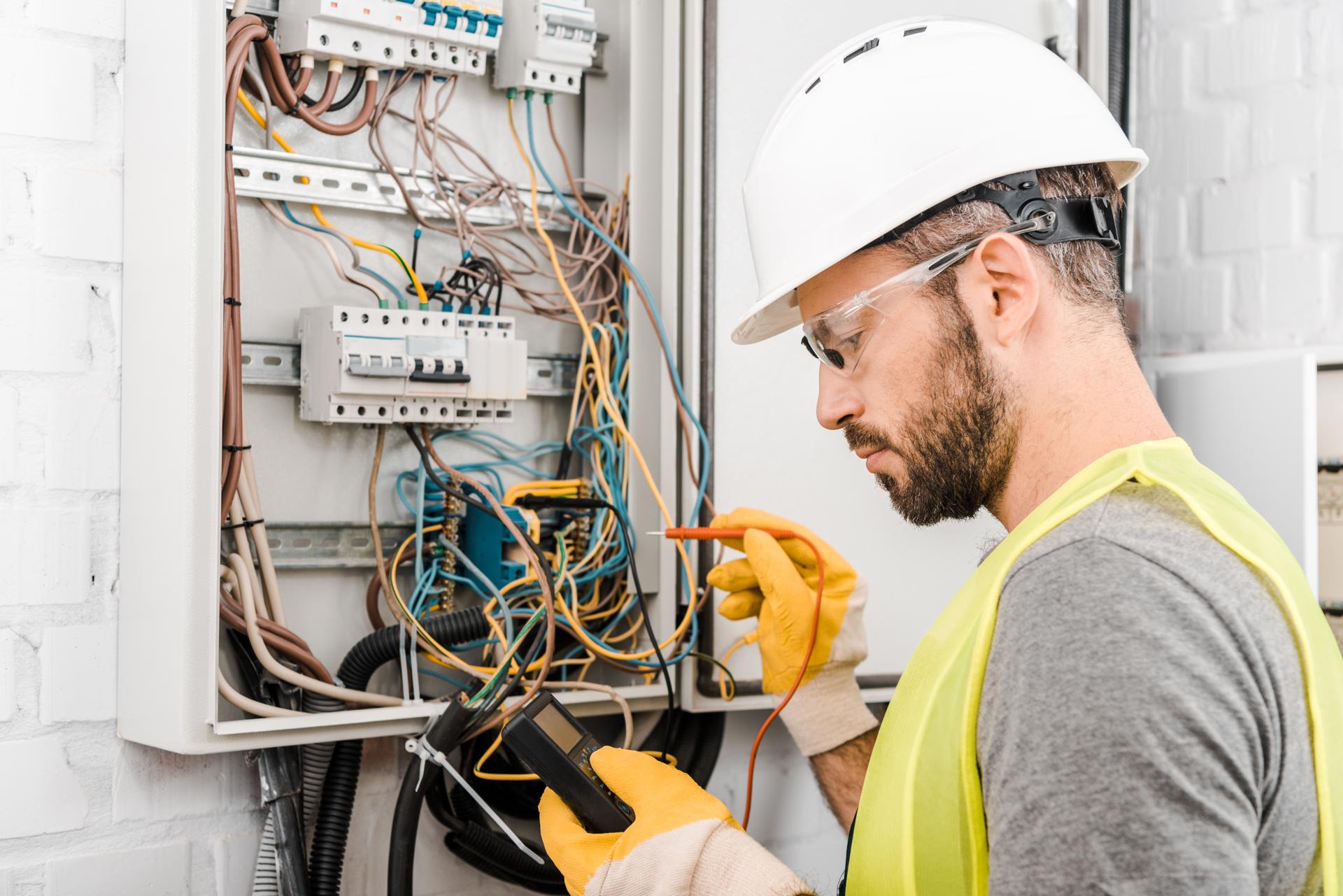Electrical Wiring 101: How It Works in Your Home

Electricity is a vital part of our daily life, powering everything from the lights of your homes, to appliances that we use each day. However, electricity systems are a bit complicated and understanding how they function can be difficult. In this guide, we’ll break down the various components in an electrical circuit and show how circuits operate to power appliances and devices. Our residential electricians can handle any electrical jobs you need.
Components of an Electrical System
A home’s electrical system includes a number of key components that work together to provide power throughout a home. They include:
Breaker box: the main distribution point for electric power in homes that is where electricity is divided into different circuits
Switches and outlets: the points where electricity is delivered to devices and appliances
Wiring: the wires that transport electric current from the box to the outlets and switches
Electronic appliances and gadgets: the appliances and devices that require electricity to function.
Electrical Circuits
The term "electrical circuit" refers to one that allows electricity to flow from the source (the breakers box) to the devices and appliances in a home. There are two types of electrical circuits found in homes: 120-volt circuits and circuits with 240-volt voltage. 120-volt circuits are utilized for most household devices and appliances, while the 240-volt circuits are utilized to power larger appliances, such as dryers and air conditioners.
Electrical circuits function by creating the loop which allows electricity to be transferred from the source to the appliance or device. The loop is made up of a hot wire that transports the power, a neutral wire that completes the circuit as well as a ground wire , which is the pathway for electricity to travel to the ground in the event there is a problem.
Understanding the electrical Wiring
Electrical wiring is available in many kinds, such as non-metallic sheathed wire (NM) and armored cable (AC), and conduit. Each type has its advantages and disadvantages, and the choice of the type of wiring is based on the specific requirements for the particular installation.
The electricity travels through wires through the creation of electrons that travel through the wire. Electrons move from the source to the device or appliance and then back to the source using the neutral wire. It is crucial to make sure that the wiring is installed and maintained properly, since defective wiring could lead to electrical dangers like shocks and fires.
Common Electrical Issues
Some common electrical problems that homeowners face include tripping the breakers, flickering lights, and electrical outlets that are not working. These issues can be caused by a variety of factors, including overloading circuits, loose connections, and faulty wiring.
If you experience any of these issues, it’s essential to identify the root cause and take steps to correct the issue. In some instances this could mean contacting an accredited electrician to inspect and repair the wiring.
Final Conclusion, and Call to Action
In the end, knowing how electrical wiring operates is vital to ensure the safety and security of the electrical system in your home. By adhering to the guidelines laid out in this article and you will be able to remain secure and avoid potential dangers.
If you have any concerns or questions regarding your home’s electrical system, don’t hesitate to contact Local Electrician Kingston. Our team of licensed electricians has the expertise and experience to address all of your electrical needs. Contact us by phone at 1300 933 820 to schedule a appointment.
FAQ
What are the signs of an electrical wiring issue?
Signs of defective electrical wiring can include tripping breakers, flashing lights, and electrical outlets that are not working, for example.
What is the best time to have the electrical system of my house checked?
It is recommended to have your home’s electrical system checked by a licensed electrician at least every 10 years.
What is the expected lifespan of electrical wiring?
The life expectancy of electrical wiring depends on many factors, such as what kind of wire, the environment it’s installed in, and the standard of the installation. In general, most electrical wiring lasts at least 30-years or longer if it’s installed with the proper installation and maintenance.
Do I need to fix electrical issues by myself or should I hire an electrician?
While some electrical issues can be solved by homeowners, it is recommended that you hire an experienced electrician to complete most electrical repairs. If you attempt to fix electrical issues without the proper education and experience can be dangerous and could cause damage or injury the property.
What should I do if experience an electrical emergency at home?
If you encounter an electrical emergency first thing to do is to cut off the power to the affected area by shutting off the breaker or the fuse. After that, you should contact an accredited electrician to examine and fix the issue as soon as is possible.
If you follow these tips By following these rules, you can ensure safety and reliability of your home’s electrical system and prevent potential hazards. Keep in mind that when it comes to electrical repairs and installations, it’s best to leave it to the experts. Reach out to Local Electrician Kingston at 1300 933 820 for all your electrical concerns.
